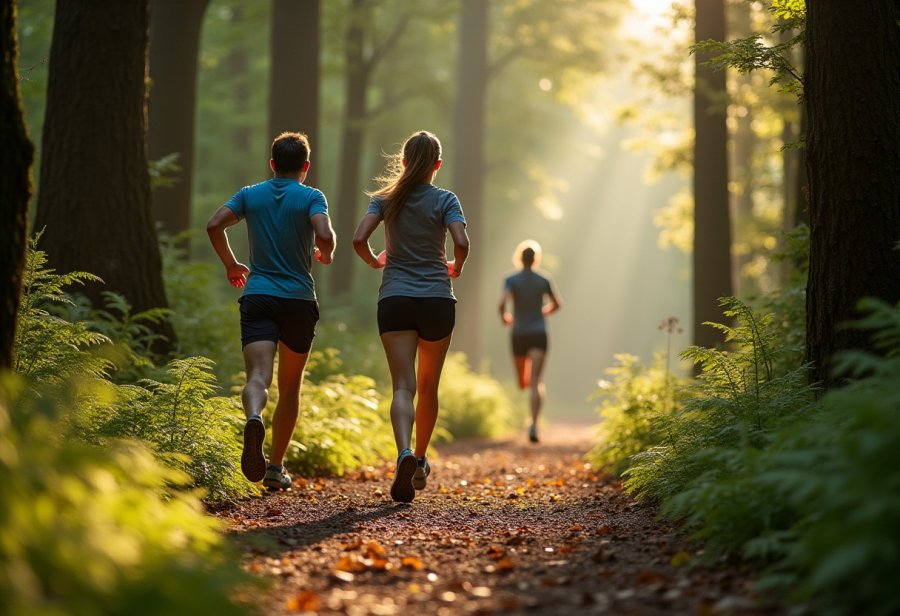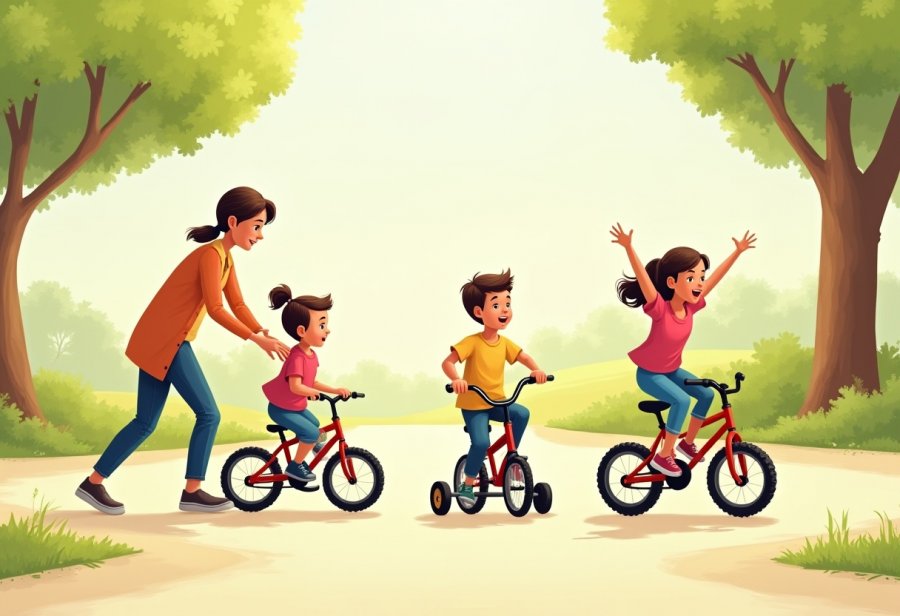Imagine transforming your Toronto yard into a stunning outdoor sanctuary that seamlessly balances beauty, sustainability, and personal comfort. How can homeowners achieve lush, resilient landscapes amid Toronto’s seasonal extremes and urban challenges? This comprehensive guide reveals that the secret lies in native plantings like Serviceberry and Ontario Lilac, eco-friendly materials, and smart design principles that prioritize eco-consciousness without sacrificing aesthetic appeal. It explores practical strategies—from managing stormwater with permeable paving to maintaining soil health through mulching and composting—ensuring long-term vibrancy and low maintenance. Real-world projects demonstrate how thoughtful zoning, durable features, and innovative planning tools create personalized retreats that withstand time and climate. What does the future hold for Toronto’s outdoor spaces? Advances in technology, native resilience, and green infrastructure promise even more sustainable, beautiful yards. This holistic approach invites homeowners and designers alike to reimagine outdoor living as an eco-friendly, ever-evolving masterpiece.
Transform Your Toronto Outdoor Space with Expert Landscape Design
Looking to elevate your outdoor living in Toronto? Toronto Landscape & Design (TLD) offers exceptional services including natural stone installations, water gardens, irrigation systems, and retaining walls. Our award-winning designers take everything into consideration to create stunning, functional landscapes tailored to your needs. Whether you’re dreaming of a serene water feature or a durable retaining wall, our team ensures quality craftsmanship and innovative solutions. Discover the difference a professional backyard makeover can make. Contact us today at 1.416.644.0499 or email mike@torontolandscapedesign.com to start transforming your outdoor space into a beautiful haven.
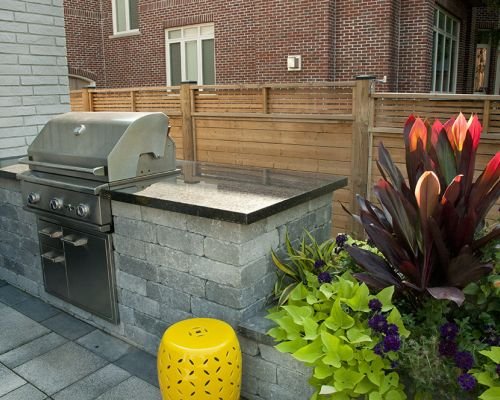
Transforming Toronto Yards into Personal Outdoor Retreats
Transforming Toronto yards into inviting outdoor retreats is about more than just adding plants or installing features. It’s about creating spaces that beautifully balance visual appeal, environmental responsibility, and the needs of homeowners. As urban life becomes busier, having a thoughtfully designed outdoor area isn’t just a luxury—it’s an essential extension of your home where you can unwind, entertain, or enjoy nature.
Toronto’s climate plays a significant role in shaping these outdoor spaces. With cold winters, hot summers, and moderate humidity, selecting hardy, adaptable plants is key. Native species like Eastern Red Cedar, Serviceberry, and Ontario Lilac flourish here, requiring less water and chemical treatment. Incorporating these plants not only ensures resilience but also supports local ecosystems, making your yard more sustainable over time.
The scope of yard transformation extends beyond aesthetics. It’s about blending beauty with eco-conscious practices to create spaces that are durable, low-maintenance, and environmentally friendly. Thoughtful layout choices—such as seating zones, gardens, and pathways—maximize functionality while maintaining a natural flow. Lighting and water features add ambiance and usability, turning a simple yard into a personalized oasis.
Designing these retreats also involves understanding Toronto’s unique environment. Managing heavy rains with proper drainage, selecting drought-tolerant plants, and choosing sustainable materials are all part of the process. Using recycled stone, reclaimed wood, and permeable paving helps reduce environmental impact while enhancing visual interest. Every element is chosen to ensure longevity and ease of care.
The connection between design and installation is crucial. When homeowners work closely with professionals from concept to completion, the result is a seamless transformation. Every detail aligns with the client’s vision and sustainable principles, ensuring the yard reflects their lifestyle and ecological values. The outcome is a space that combines beauty, resilience, and personal meaning.
Ultimately, yard transformation in Toronto is about creating outdoor spaces that stand the test of time. It’s about designing for beauty and function, while respecting the environment. When done right, these yards become personal sanctuaries—places where residents can reconnect with nature, relax, and enjoy their surroundings for years to come. It’s a holistic approach that elevates outdoor living into something truly special.
Building Foundations: Principles of Sustainable and Beautiful Landscaping
Creating a successful outdoor space in Toronto begins with foundational principles that blend beauty with sustainability. Native plants form the core of this approach, as they are naturally adapted to our climate and require less water, fertilizers, and pesticides. Choosing species like Eastern Red Cedar, Serviceberry, and Ontario Lilac ensures resilience through Toronto’s seasonal extremes while supporting local ecosystems. This focus on native flora not only reduces ongoing maintenance but also enhances biodiversity, making the yard more resilient and ecologically sound over time.
Material selection is equally important. Sustainable landscaping emphasizes recycled stone, reclaimed wood, and permeable paving, which lower environmental impact while adding natural textures and visual interest. Water-efficient features such as rain gardens and drip irrigation help conserve resources and manage heavy Toronto rains effectively. These choices create a landscape that withstands harsh weather conditions, minimizes repairs, and reduces long-term costs.
Design strategies center on balancing aesthetics with functionality. Proper zoning—dedicating areas for seating, gardens, or play—organizes the space naturally and enhances its appeal. Native plants used as borders and in beds not only boost visual cohesion but also reduce maintenance needs. Durable materials like natural stone or composite decking extend the lifespan of outdoor features, making the yard easier to care for and more sustainable over the years. Thoughtful pathways and borders guide movement seamlessly, creating a natural flow that invites exploration and relaxation.
Lighting plays a crucial role in elevating both beauty and usability. Subtle pathway lamps and string lights highlight landscape features and create an inviting ambiance for evening gatherings. When integrated thoughtfully, lighting adds warmth and charm without overwhelming the natural aesthetic. Paired with water features and seating zones, lighting transforms a simple yard into a tranquil retreat that’s equally functional and visually captivating.
Soil health and native biodiversity are vital to long-term sustainability. Practices like mulching, composting, and avoiding synthetic fertilizers preserve soil vitality naturally. Healthy soil supports robust plant growth and helps the landscape adapt to Toronto’s climate, from winter freezes to summer droughts. Incorporating these practices at every stage of design and maintenance builds a resilient, vibrant yard that remains beautiful and eco-friendly over time.
Incorporating these core principles ensures that every element of the landscape contributes to a cohesive, sustainable, and attractive outdoor space. By emphasizing native plants, eco-conscious materials, and smart design, Toronto homeowners can create yards that are both functional retreats and ecological assets. This strategic foundation sets the stage for ongoing beauty, ease of care, and environmental responsibility, ensuring the space continues to thrive for years to come.
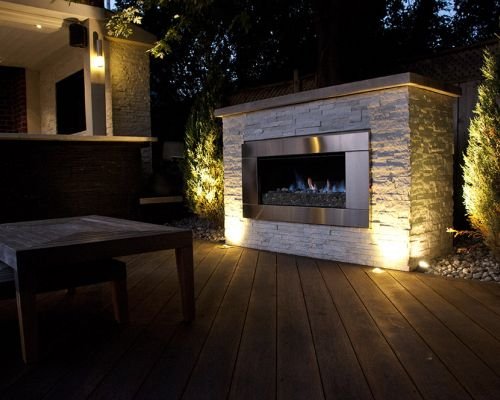
Maintaining Long-Term Beauty and Eco-Consciousness in Your Yard
Maintaining a beautiful and sustainable yard in Toronto requires regular attention and practical practices that keep your outdoor space thriving year-round. One of the most important steps is routinely inspecting plants for pests or disease. Catching issues early prevents them from spreading and becoming more difficult to manage. Pruning and deadheading not only keep plants healthy but also encourage vigorous growth, helping your landscape look fresh and well-kept.
Water management is key to long-term beauty and sustainability. Mulching around plants conserves soil moisture, suppresses weeds, and stabilizes temperature—especially during Toronto’s hot, dry summers. Installing drip irrigation or collecting rainwater can significantly reduce water waste, ensuring your plants get what they need without excess runoff. These methods strengthen your yard’s resilience to droughts and heavy rains, common challenges in our climate.
Native plants demand proper care to flourish through all seasons. Regular pruning at appropriate times supports their health and promotes biodiversity, while maintaining healthy soil through composting and mulching minimizes reliance on synthetic fertilizers. Healthy soil naturally resists weeds, retains moisture, and withstands Toronto’s harsh winters and summer droughts, creating a sturdy foundation for your landscape’s enduring beauty.
Pathways, lighting, and water features also require routine upkeep. Checking and cleaning these elements ensures safety, functionality, and visual appeal. Properly maintained lighting enhances ambiance without overpowering the landscape’s natural charm, while inspecting water features prevents leaks and damage. Small, consistent maintenance tasks save money in the long run and keep your outdoor retreat inviting and functional.
Clear communication with your landscape team or maintenance provider helps sustain your yard’s health and beauty. Sharing seasonal guidance and eco-friendly routines empowers you to stay proactive, ensuring each element supports the landscape’s ongoing vitality. Adopting a mindset of continuous improvement—adjusting watering, pruning, and feature care as needed—keeps your yard resilient and vibrant over the years. With consistent effort and thoughtful practices, your outdoor space will remain a lush, eco-friendly sanctuary that balances beauty and sustainability for the long haul.
To deepen your understanding of sustainable gardening practices, exploring resources on eco-friendly landscaping can be highly beneficial. For detailed tips and expert advice, consider visiting Eco-Friendly Landscaping in Toronto, which offers valuable guidance on maintaining a beautiful and environmentally conscious yard.
Real-World Success Stories of Sustainable Landscaping in Toronto
In Toronto, the transformation of outdoor spaces into stunning, sustainable retreats is vividly demonstrated through a variety of real-world projects that showcase the principles discussed earlier. One recent residential overhaul turned a small backyard into a lush, low-maintenance oasis by focusing on native plants like Serviceberry and Ontario Lilac. These species thrive in Toronto’s climate, require minimal watering, and support local ecosystems, proving that ecological considerations can beautifully coexist with aesthetic goals. The result was a vibrant, inviting space that reduced environmental impact while feeling uniquely tailored to the homeowner’s lifestyle.
Another project integrated a custom fire pit with permeable paving and subtle landscape lighting, emphasizing both functionality and eco-consciousness. Recycled materials and native plantings created a natural look that’s durable and easy to maintain. The lighting added warmth and ambiance without overpowering the landscape, transforming an ordinary yard into a cozy outdoor retreat perfect for evening gatherings. These features illustrate how sustainable materials and thoughtful design work hand in hand to produce outdoor spaces that stand the test of time and use.
These examples highlight the importance of native plants and eco-friendly materials in yard transformations. Using locally adapted flora reduces water and maintenance needs, especially given Toronto’s seasonal extremes. Incorporating recycled stone or reclaimed wood not only minimizes waste but also enhances visual interest, making the space feel both natural and intentional. Careful zoning for seating, gardens, and pathways helps organize the area seamlessly, encouraging natural flow and usability, while keeping the space cohesive and inviting.
Modern planning tools like CAD software and site surveys are transforming how these projects come to life. Some designers utilize drones to gather precise topographical data, streamlining the planning process and reducing waste. These technologies allow for meticulous design that respects both the environment and the client’s vision, ensuring efficient use of resources and materials. Throughout each project, clear communication with homeowners guarantees that their preferences are prioritized while maintaining ecological integrity, resulting in a truly personalized outdoor retreat.
The success of these projects demonstrates that sustainable landscaping in Toronto isn’t just a trend but a practical, achievable approach. Blending native plants, eco-conscious materials, and innovative planning creates yards that are both beautiful and resilient. These spaces serve as tangible proof that eco-friendly design can be attractive, functional, and long-lasting, encouraging more homeowners and professionals to embrace sustainable practices. The ongoing application of these principles continues to elevate Toronto’s outdoor environments, making them more vibrant and environmentally responsible.
In essence, these projects show that thoughtful, sustainable design enhances not only the aesthetic appeal but also the ecological health of outdoor spaces. They exemplify how integrating native plants, recycled materials, and smart planning results in yards that are easy to maintain, environmentally sound, and visually captivating. With each successful transformation, Toronto’s landscape professionals reinforce the idea that beauty and sustainability are indeed compatible—creating outdoor retreats that residents can enjoy for years to come while honoring the city’s unique climate and ecosystem.
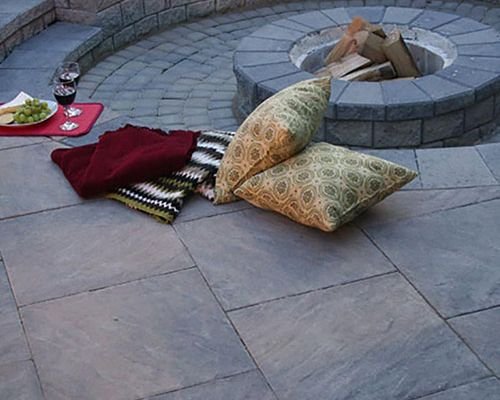
Looking Ahead: Future Trends in Eco-Friendly Yard Transformations
Looking ahead, the future of yard transformations in Toronto is set to be shaped by a stronger emphasis on sustainability and technological innovation. As awareness of climate change grows, landscape professionals are increasingly turning to eco-friendly materials, native plantings, and water-saving systems to create resilient, environmentally responsible outdoor spaces. Smart irrigation, solar-powered lighting, and automated maintenance tools will become standard features, making upkeep more efficient while reducing ecological footprints. These advancements will help homeowners enjoy beautiful, low-maintenance landscapes that adapt gracefully to Toronto’s shifting weather patterns.
Design trends will also evolve toward modular, flexible outdoor areas that can change with homeowners’ lifestyles. Incorporating adaptable layouts and features that can be added or rearranged over time supports both personal needs and ecological priorities. Native plants will continue to be central, with ongoing research into climate-resilient species capable of withstanding extreme weather and drought. The goal is to craft landscapes that are not only stunning but also practical and durable, providing lasting beauty and functionality.
Technology’s role in planning and maintenance will expand further. Tools like CAD software, drones, and soil testing kits will streamline project design, ensuring precision and reducing waste. Digital apps will facilitate real-time collaboration with clients, helping capture their vision accurately and making the process more transparent. Such innovations will elevate project efficiency and quality, paving the way for more sustainable, customized outdoor retreats.
Green infrastructure integration will become increasingly vital as urbanization intensifies. Features like rain gardens, permeable pavements, and native plant corridors will address stormwater management, mitigate urban heat islands, and support biodiversity. These elements will transform residential yards into mini-ecosystems that benefit both residents and the environment. Prioritizing ecological resilience in future projects will contribute to Toronto’s broader green infrastructure goals and enhance residents’ quality of life.
Staying informed about evolving policies, incentives, and funding opportunities around sustainable landscaping will be key. Local initiatives promoting green building standards and urban greening can provide valuable support and guidance, encouraging wider adoption of eco-conscious practices. Collaboration among policymakers, landscape designers, and residents will foster a city-wide shift toward greener, more sustainable outdoor environments.
As these trends develop, the role of the landscape professional will be to blend artistry with responsibility, creating outdoor spaces that are both beautiful and ecologically sound. Each project will reflect a commitment to innovation, resilience, and community well-being. For homeowners, the opportunity lies in embracing these new approaches—building yards that are not only retreats for relaxation but also active contributors to Toronto’s environmental health.
The future of yard transformation in Toronto is bright, driven by a shared vision of sustainability and creativity. By integrating emerging technologies, resilient native plants, and thoughtful design, outdoor spaces will become more than just beautiful—they will serve as vital parts of a sustainable urban landscape. These developments promise yards that stand the test of time, supporting both the environment and the people who cherish them, now and into the future.






